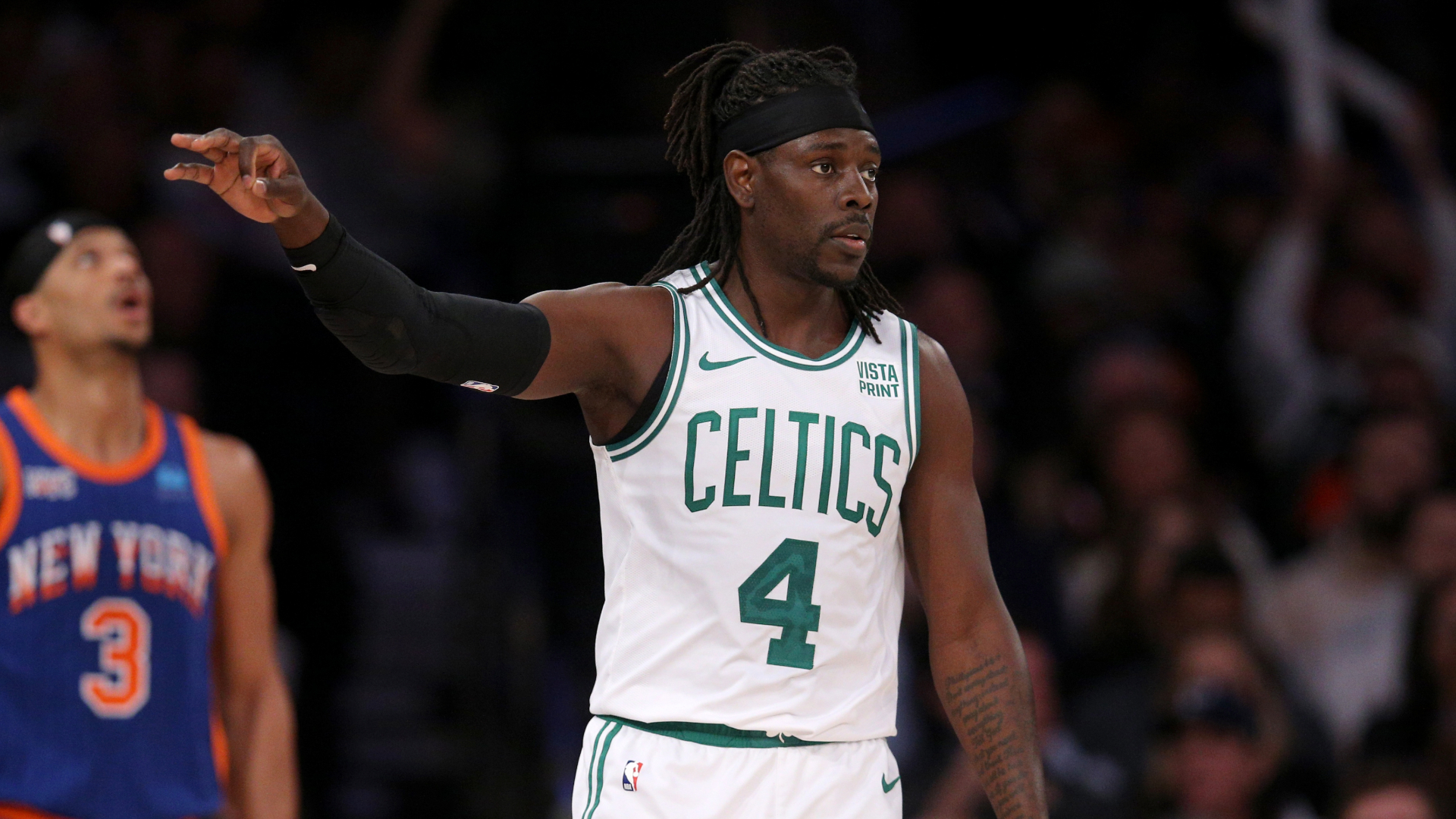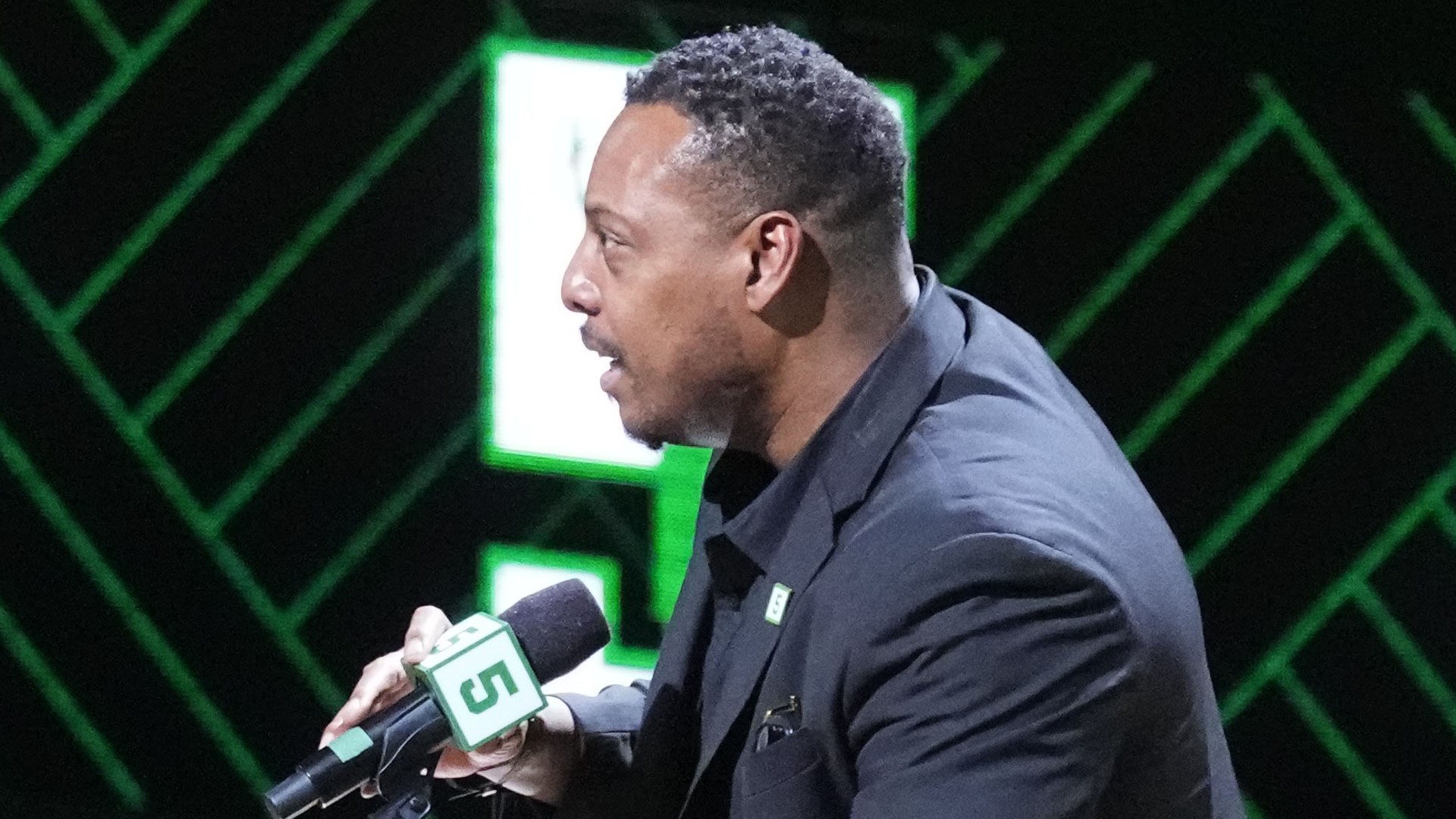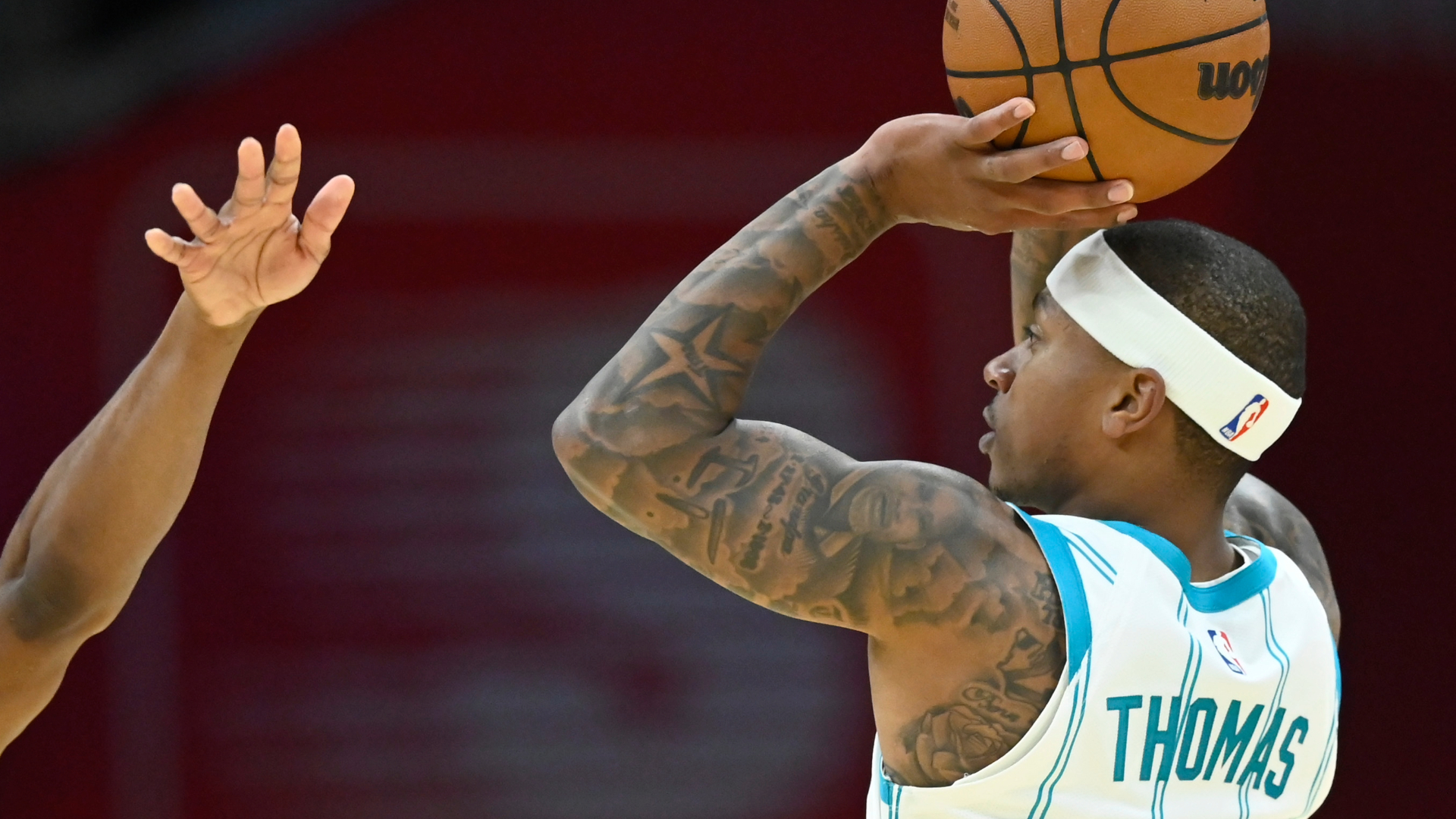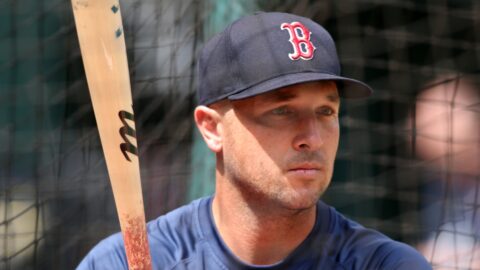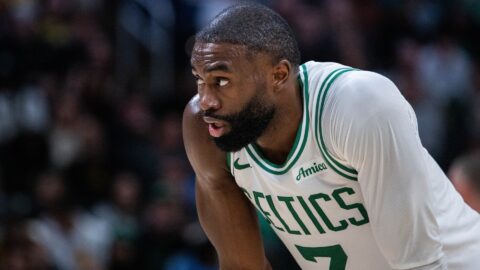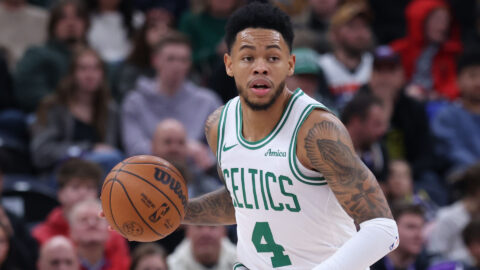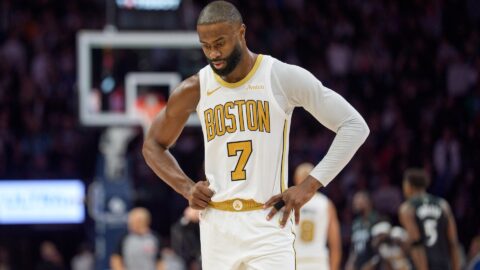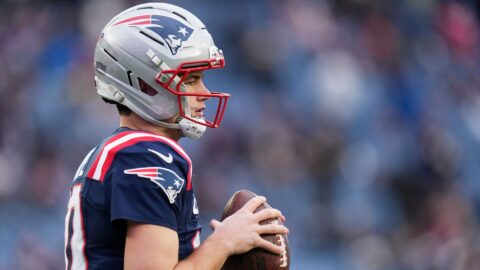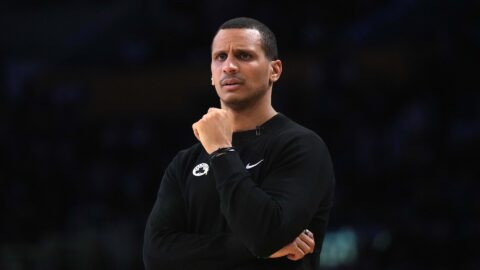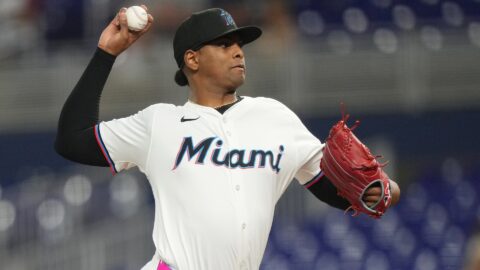It's been three years since the Boston Celtics made the front office switch from Danny Ainge to Brad Stevens, however, in that short period of time, one things become abundantly clear: Stevens was the guy all along.
Prior to being promoted to president of basketball operations, Stevens was the playbook mastermind behind turning a subpar Celtics roster into an easy-to-root-for, Eastern Conference overachiever. He inherited the mess left behind after the Paul Pierce, Kevin Garnett and Ray Allen big three separated and was at the helm for Boston's transformation from a No. 12 seed tank (25-57) squad in 2014 to a legitimate contender once Jayson Tatum was drafted, Gordon Hayward was signed and Kyrie Irving was acquired in 2018.
Long story short, Stevens paid his dues. The assumption was Stevens would remain seated at the coach's chair for the long run, but after the Celtics were swept by the Brooklyn Nets in the first round of the 2021 playoffs, Boston made one of its most critical decisions in moving Stevens up, which has paid off tremendously throughout the team's 2023-24 run at Banner 18.
"He's done an amazing job," Ainge, now of the Utah Jazz, said of Stevens in December, per NBC Sports Boston. "They have good coaching, great management, great ownership, great players. The Celtics, top to bottom, are sitting pretty in this league right now. They have shooting — maybe the best shooting in the NBA. ... I like their team a lot."
Story continues below advertisement
Ainge will always be remembered as the guy who -- seemingly overnight -- transformed the Celtics from a laughingstock with cause to fire then-head coach Doc Rivers. Boston finished at the bottom of the East with a 24-58 record, the second-worst in Celtics history, and in the blink of an eye became one of the most dominant offensive forces after Ainge unleashed his inner "Trader Danny" and acquired Allen and Garnett to join Pierce and defeat the Los Angeles Lakers in the 2008 NBA Finals.
But soon after those three split from Boston, Ainge's magic touch began to fade and the former Celtics guard himself became an outdated piece holding the organization back.
Story continues below advertisement
To be fair, yes, Ainge pulled the most important two triggers in drafting Jaylen Brown third overall in 2016 and Tatum third overall in 2018, but at that time, "Trader Danny" became "Hoarder Danny" and draft picks seemingly became Ainge's primary obsession. It wasn't as if Ainge had the greatest draft history either. In 2011, he drafted JaJuan Johnson, who might've been the worst pick of the Ainge era. In 2013, Kelly Olynyk was selected 13th overall by the Celtics -- two picks ahead of Giannis Antetokounmpo.
The issue became most apparent when Ainge concealed his aggressive touch and became content with allowing Tatum and Brown to figure it out as the team's up-and-coming co-leaders. Irving's time didn't age well and the Kemba Walker signing should've never happened. Not to mention, the Celtics hadn't had a reliable center since Garnett and Ainge's conservative side deferred to Greg Monroe, Enes Freedom, Daniel Theis, Tristian Thompson and Tacko Fall while waiting for Robert Williams III to develop.
Ainge took a shot in the dark with flyer acquisitions like Jabari Parker and Evan Fournier -- neither of which provided any value.
Story continues below advertisement
With Stevens, the Celtics don't need to worry about depth urgency. He's self-aware and, more importantly, proactive when it comes to Boston's needs.
MORE CELTICS
After the Celtics allowed last season's No. 8-seeded Miami Heat to win the conference finals after taking a 3-0 series lead, Boston had enough. Stevens was thrown at the forefront of ensuring that the end of last season wouldn't repeat itself. And based on the front office work, Stevens has done everything in his control, architecting an NBA-best 52 wins in 66 games played that became the first team to clinch a playoff spot after Thursday night's 127-112 win over the Phoenix Suns.
"I walked in and met with Joe (Mazzulla) and Brad and said, 'I know one thing: we're not bringing this team back,'" Celtics governor Wyc Grousbeck told Duke Castiglione of WCVB in February. "That was over the summer. It was two years in a row with really good teams that fell short and I knew they were inconsistent. We were hot and cold, high and low."
Story continues below advertisement
Marcus Smart, a well-established fan favorite but incomplete point guard, was packaged in exchange for Kristaps Porzingis -- the current best No. 3 option on an NBA roster. Robert Williams, who never reached his ceiling fully, was traded with Malcolm Brogdon for Jrue Holiday -- who leads the league in corner three percentage, shooting 61.1% while tied for second in rebounds among guards (5.6).
Those are two trades that revitalized the Celtics, which Ainge didn't have the creativity or bold trigger to pull off during the tail-end of his tenure with the organization. There's no point in home-growing Tatum and Brown if they won't be supported with the necessary supporting cast investment needed to excel once the playoffs commence. Stevens has no issue understanding that.
Both those trades, along with Stevens' 2022 acquisition of Derrick White, have allowed Tatum and Brown to take their biggest maturity leaps. Tatum, averaging 27 points, and Brown, averaging 22.9, aren't recording the same offensive outputs as last season, but that sacrifice has opened the door for everyone else to pitch in. That's become a staple in the 2022-23 roster's identity, and it's made the Celtics a lethal offensive unit.
Story continues below advertisement
It's hard to imagine with Ainge, the Celtics would've skyrocked this season.
Featured image via Bob DeChiara/USA TODAY Sports Images
